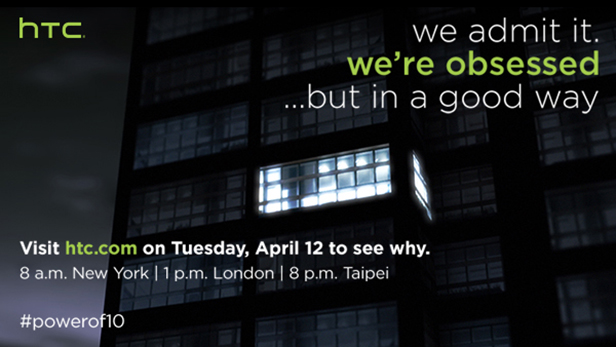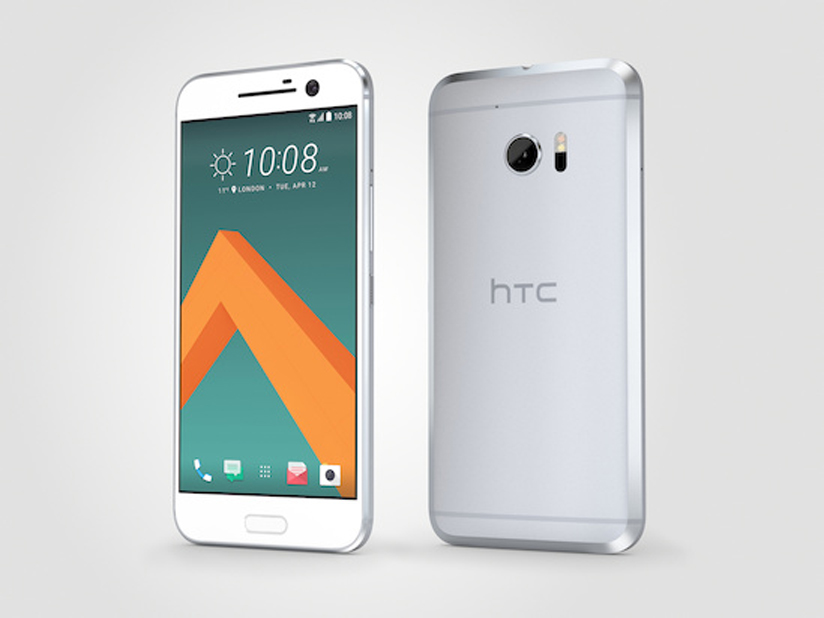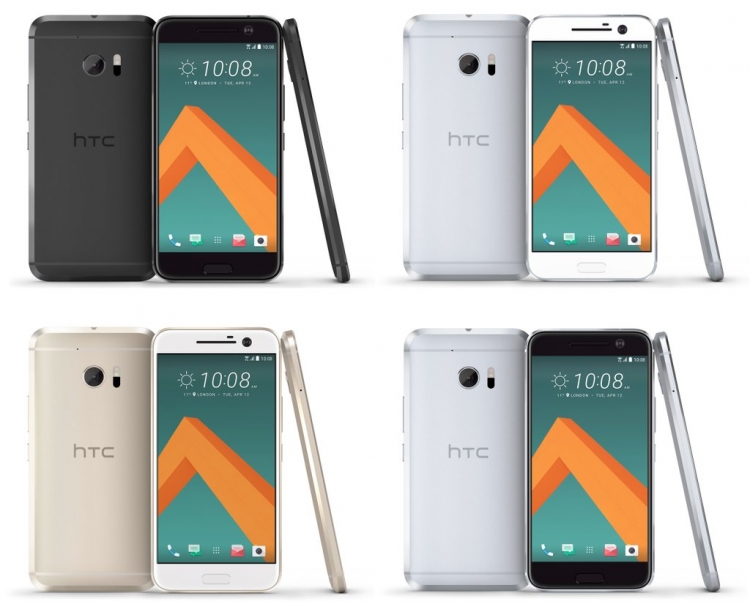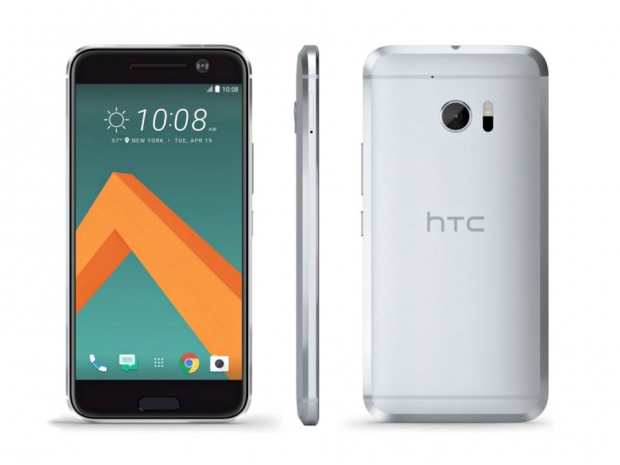
The company has scheduled the launch event for its HTC 10 smartphone on Tuesday, April 12th at 5am Pacific Time (8am Eastern, 1pm GMT, and 8pm CST in China and Taiwan).
The invitation’s wording “we’re obsessed…but in a good way,” has led some to speculate that HTC could be proposing a noticeable upgrade to its front-facing camera hardware for taking otherwise obsessive self-images, and we think they could even have an AI software component to smoothen out the process similar to Huawei’s customized “Perfect Selfie” mode based on FotoNation’s algorithms.
HTC 10 Specifications

The device is expected to feature Qualcomm’s quad-core 2.2GHz Snapdragon 820 SoC with Adreno 530 graphics, 4GB of dual-channel LPDDR4 memory, 32GB internal storage with expandable microSD storage, an X12 LTE (Category 12 / 13) modem capable of up to 600Mbps downloads and 150Mbps uploads, 802.11ac (Wave 2) 2x2 MU-MIMO Wi-Fi, Bluetooth 4.1, and a 14-bit Spectra dual Image Signal Processor (ISP).
In terms of display size and resolution, yesterday we wrote that the HTC 10 will have a 5.1-inch Super LCD 5 display rather than the AMOLED display that was previously suggested by some. The Super LCD 5 does not have an air gap between the outer glass and the display element, resulting in less glare, less power consumption, and improved outdoor visibility.
Other rumored specifications include a fingerprint scanner, a USB 3.1 Type-C port, and a 3,000 mAh battery. The device is also expected to ship with Android 6.0.1 Marshmallow with an updated HTC Sense UI on top.
A brief history of HTC One cameras
From February 2012 until April 2013, the HTC One X series was the company’s sixth flagship smartphone product, featuring a 1.3-megapixel front-facing camera with 720p video capture and an 8-megapixel rear-facing camera with auto-focus, LED flash and 1920x1080p video capture. Fast forward to April 2013, and the company announced its seventh flagship smartphone product, the HTC One M7. This device came complete with a 4-megapixel UltraPixel BSI custom rear image sensor, complete with continuous shooting capability and 1-degree optical image stabilization. The device also featured a 2.1-megapixel front-facing camera with 1920x1080p video capture. Even with these incremental camera hardware improvements, critics still suggested that photo quality was not on-par with the Samsung Galaxy S4 in terms of HDR quality and color accuracy.
Again in 2014, the company improved upon its previous M7 camera with the HTC One M8, this time bumping up the light level in low-light image capture and adding a second 4-megapixel rear-facing camera, allowing users to achieve DSLR-like depth of field to draw attention to the subject of a photo. The outcome was that the HTC One M8 dual-camera setup generally had sharper, more accurate colors than its M7 predecessor (particularly in low-light scenarios). However, the newer device did not necessitate an upgrade for M7 users because the new camera’s best feature – depth of field (Ufocus) – is now available in Google’s own Camera app on the Play Store, and some reviewers claim it performs just as well as the M8’s DuoCamera.
One year later in April 2015, HTC made a slight change on its 4-megapixel dual-camera project with depth sensing and came springing into the market this time with a 20.7-megapixel rear-camera with autofocus, dual-LED, dual tone flash, and a 27.8 millimeter lens. This time around, it used the 4-megapixel UltraPixel image sensor as the front-facing camera, while the rear-camera was upgraded to the 20.7-megapixel sensor found on the Sony Xperia Z3, with support for 4K Ultra HD 3840x2160p video capture. This change hit some customers by surprise, seeing that HTC was a major Android company that stood against the popular misconception that more pixels somehow produce a better picture. The One M8 camera stood up to reviewer scrutiny for the most part, with the exception of a slightly more muted color tone and over-boosting exposure in an attempt to compensate for lack of superior low-light performance found in the now front-facing UltraPixel sensor.
With the inclusion of the Snapdragon 820’s 14-bit DSP in the HTC 10, the company could be onto some better prospects for its rear-facing as it competes head-on with Samsung’s Galaxy S7 and L5, both of which offer model variants featuring the same Snapdragon 820 (MSM8996) SoC. The front-facing camera will be the bigger story this time around, however, and it will be interesting to see which ISP the company has picked to replace its custom 4-megapixel UltraPixel sensor, and hopefully this time around there will not be any reports of purple or red tints in low-light conditions.




